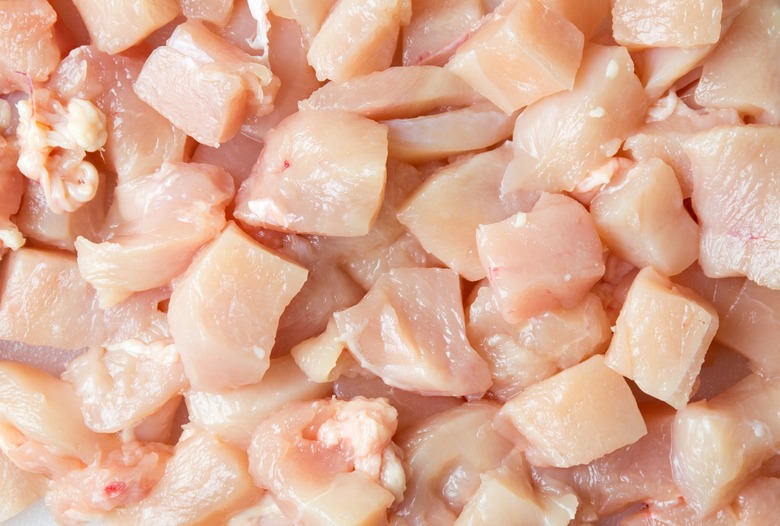The Internet Is Still Debating Chicken Sashimi, So We Found The Answer
A Food & Wine tweet created uproar on Twitter as to whether or not it's safe to consume raw chicken.
Chicken sashimi, or chicken tartare, is commonplace in restaurants throughout Japan but is rare in the United States, though the dish has recently found footing as a trend related to the paleo diet. However, eating undercooked or raw chicken can cause food poisoning from bacteria like salmonella and campylobacter — a fact which many Twitter users were quick to point out.
Is chicken sashimi safe? https://t.co/0omRavVwFm pic.twitter.com/Zolvej1BXl
— Food & Wine (@foodandwine) September 5, 2017
Is this a question we are actually asking in 2017
— stephani chapman. (@stephibug) September 6, 2017
Is this...a prank or something? Did you lose a bet? https://t.co/zl3ELBXsFj
— Mark Harris (@MarkHarrisNYC) September 6, 2017
— Jordan Van Cleave (@jordan_marie89) September 5, 2017
Stop showing me pictures of chicken sashimi, Internet!
— Suzy Q 🌺 (@SuzyQuzey) September 6, 2017
Campylobacter strains are responsible for 60 percent of all food poisoning cases in Japan, according to The Asahi Shimbun. Japan's Ministry of Health, Labor, and Welfare even advised restaurants to change their practices, but because the request was not legally binding, chicken sashimi remains a top hit at yakitori bars.
Dr. Randy W. Worobo, a professor of food microbiology at Cornell University, says that "under no circumstance" should anyone consume raw chicken. Chicken sashimi is often prepared by boiling or searing chicken for no longer than 10 seconds, but the U.S. Department of Agriculture recommends an internal temperature of at least 165 degrees Fahrenheit.
"Chicken is a known carrier for salmonella," Worobo told The Daily Meal. No matter how fresh the chicken's insides may be, you must touch the outside of the breast where the contaminant lives. Raw poultry has a high presence of foodborne bacteria inside and out.
If the chicken is seared or boiled momentarily, there is no guarantee that it won't transmit harmful bacteria, but fully cooking it eliminates foodborne pathogens. Worobo recommends that, in order to avoid post-cooking contamination, a different knife should be used to de-bone the cooked product than was used while preparing it raw. "When you cut the chicken, you drive the pathogen through," Worobo explained.
He also says that the fact that your chicken may come from a small farm doesn't mean much. "Large poultry producers are very aware of salmonella and strive for pathogen-free flocks," he said. "Just because it's from a small farm doesn't mean it's pathogen-free. Just knowing a farmer doesn't give you proof."
Bottom line: Consuming raw chicken is an "ill-advised practice, plain and simple." For 101 ways to cook chicken, click here.
